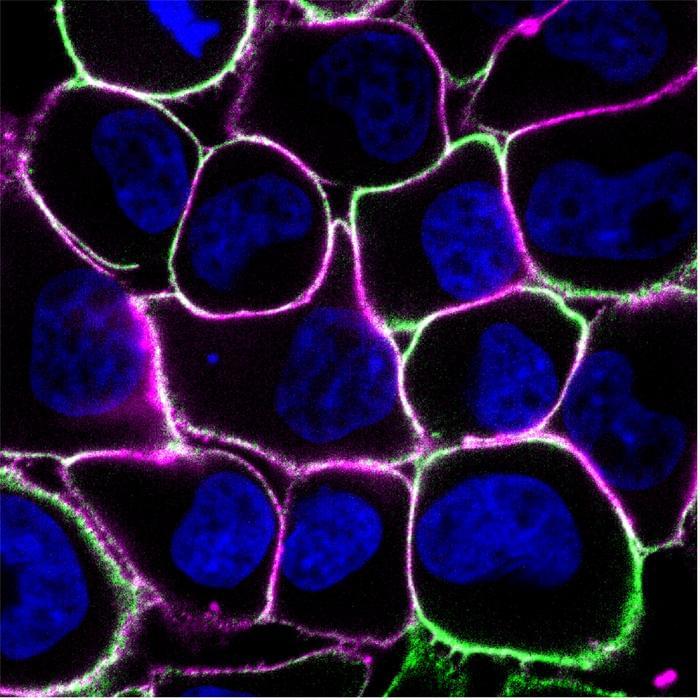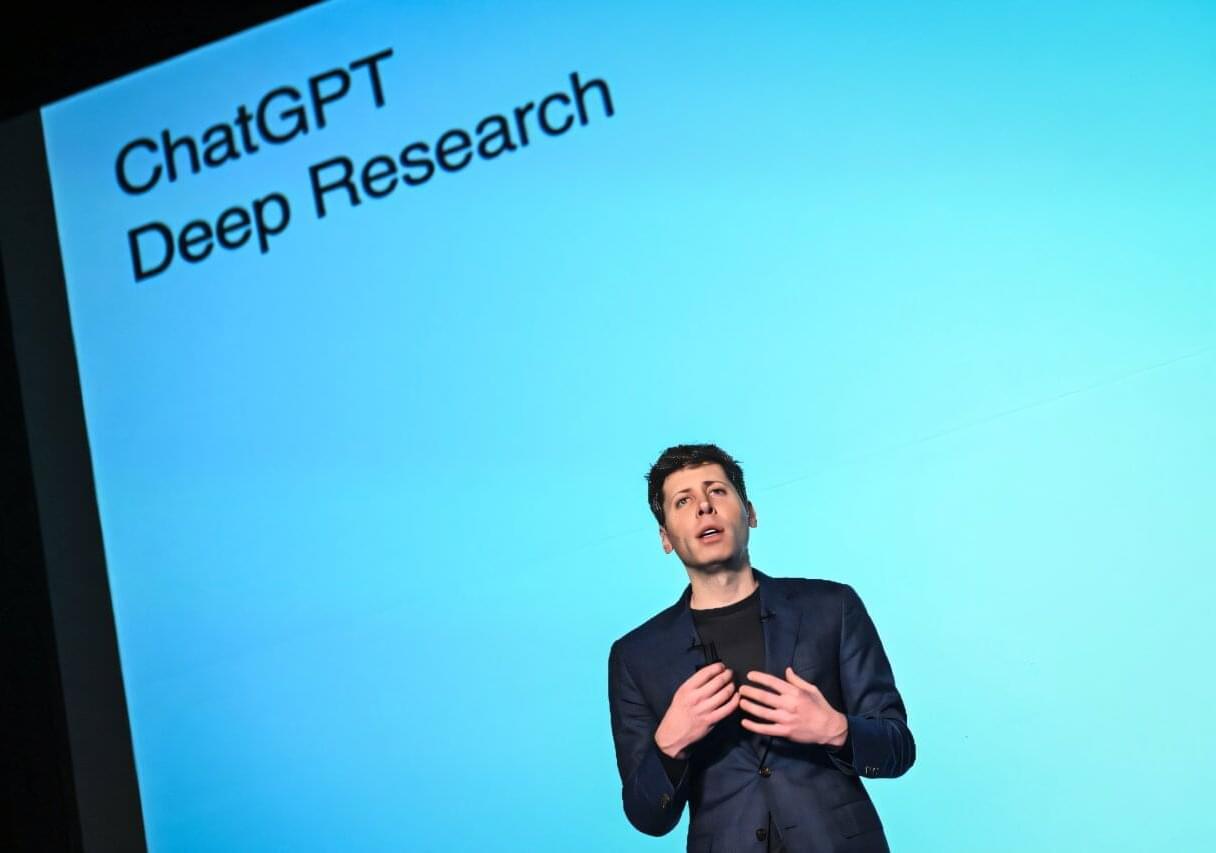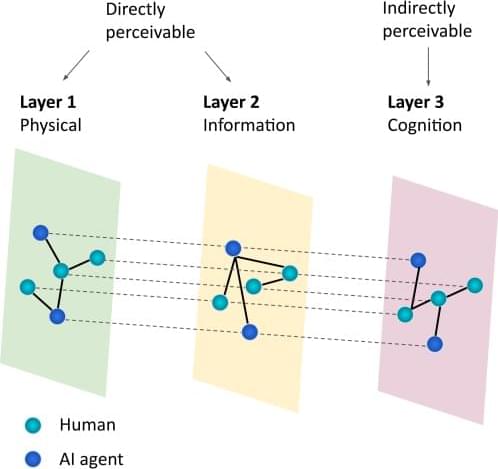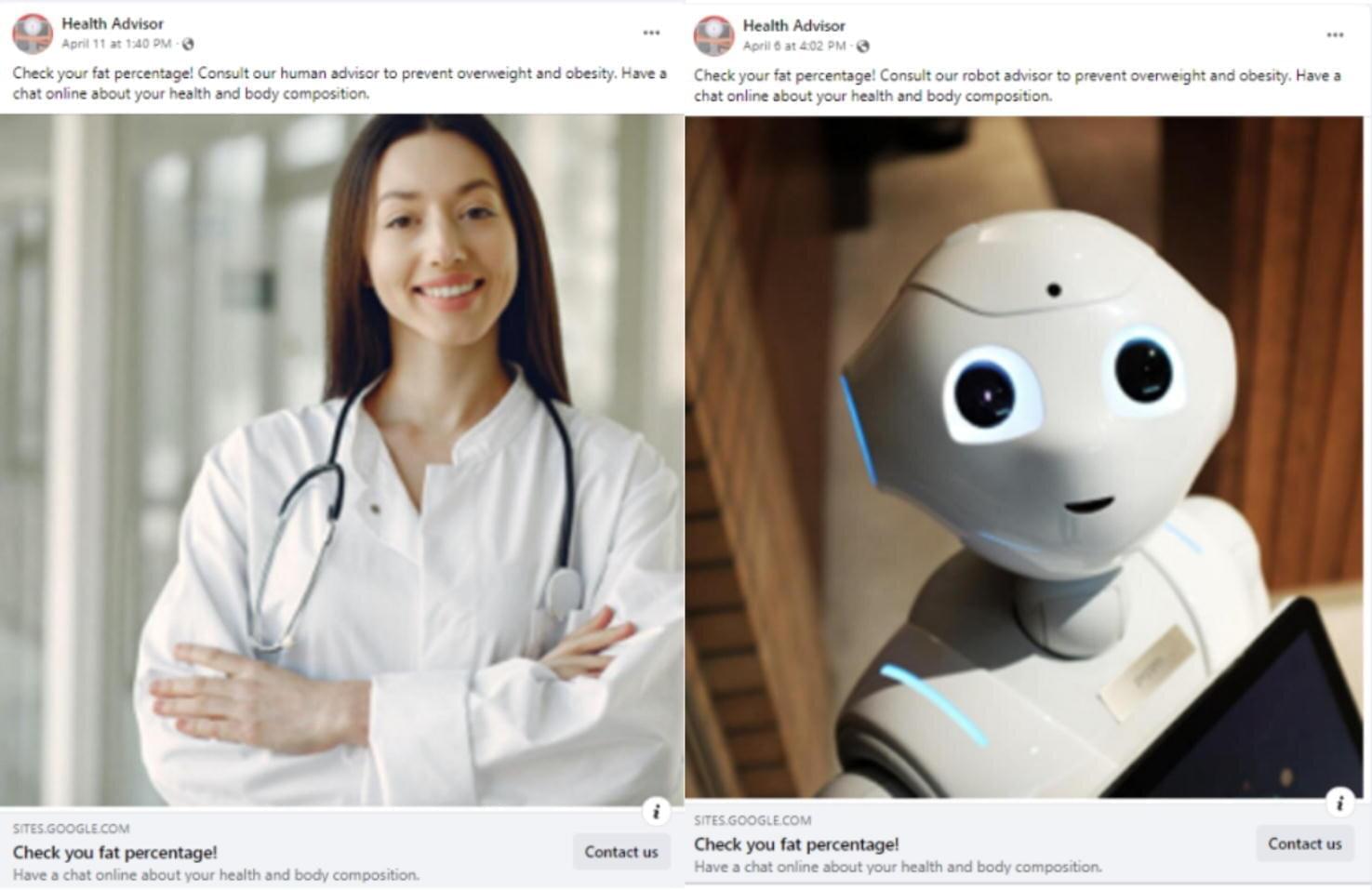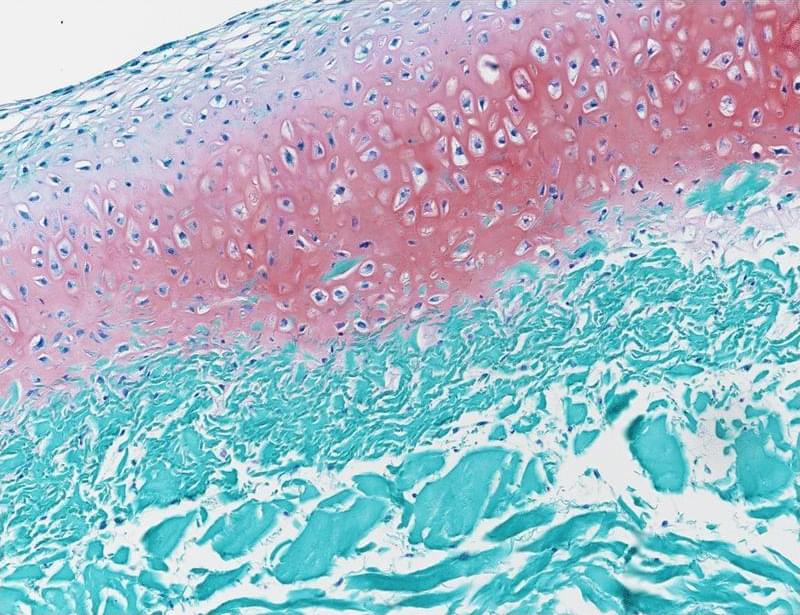In a new study, funded in part by NIH, a team led by Dr. Carlos Carmona-Fontaine from New York University investigated a peculiar characteristic of cell growth called the Allee effect. In the Allee effect, the viability of a cell population drops below a certain cell density. This suggests the cells are somehow cooperating to survive. The study appeared on February 19, 2025, in Nature.
To look at whether cancer cells exhibit an Allee effect, the researchers grew several types of cancer cells with various restricted nutrients. They found that depriving the cells of an amino acid that the cells need to grow appeared to create an Allee effect. Only higher-density cell populations survived under these conditions. This indicated that a cooperative survival strategy had kicked in.
The team then further explored how cancer cells might be cooperating to survive in low-amino acid environments. Chains of amino acids called oligopeptides can be broken down by cells into individual amino acids. The scientists found that cancer cells released substances into their immediate environment that broke nearby oligopeptides down. Because this occurred outside the cancer cells, any cell in the immediate vicinity could use the resulting free amino acids.
